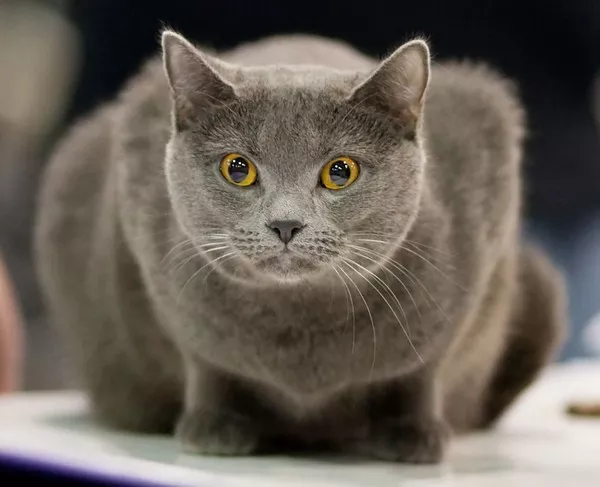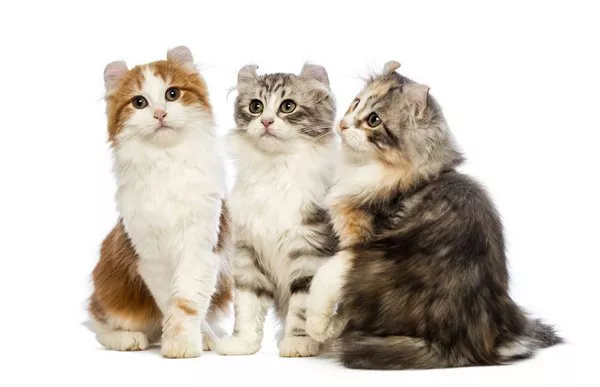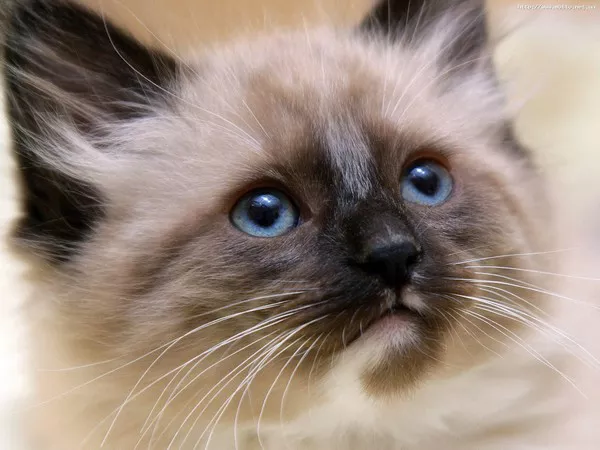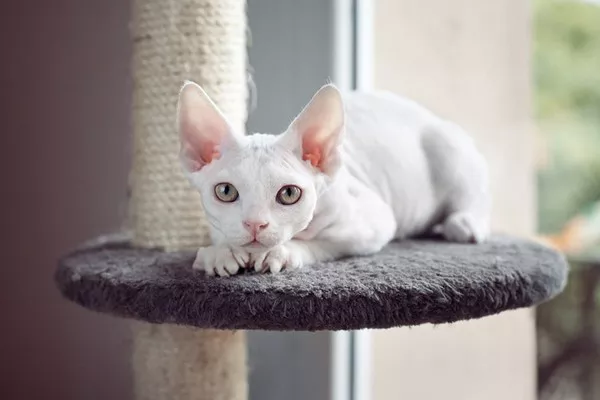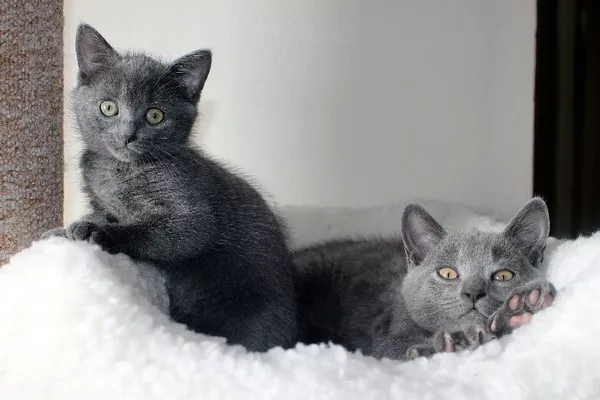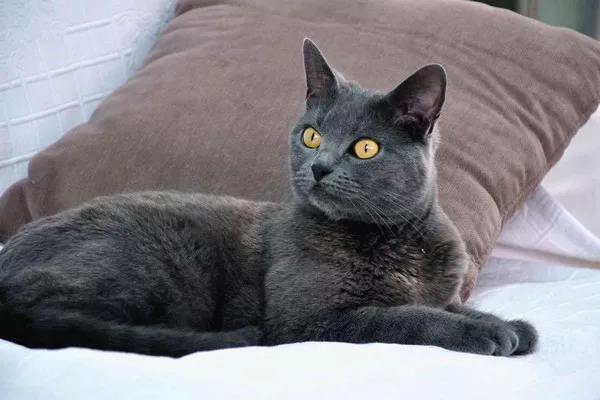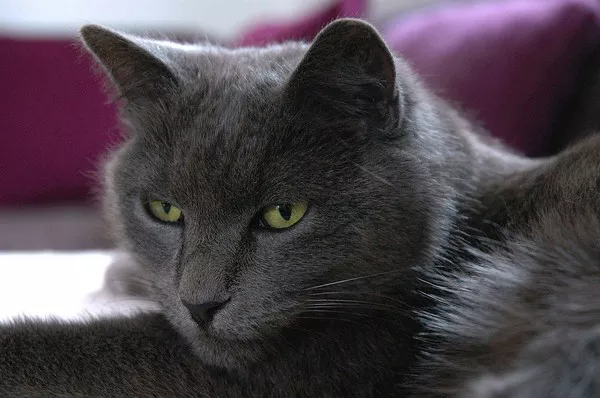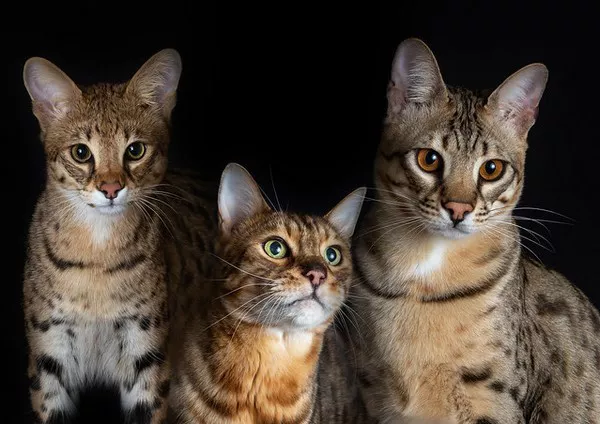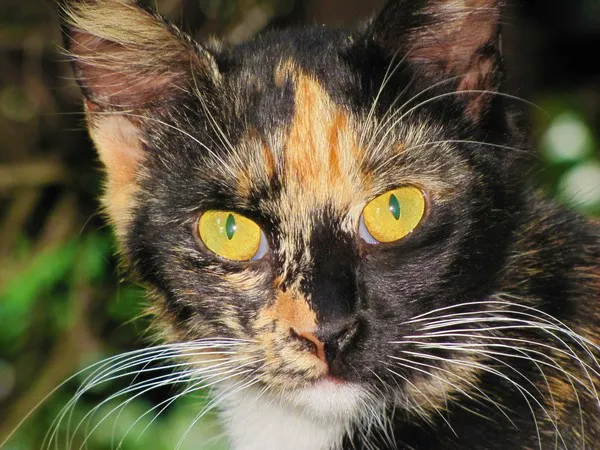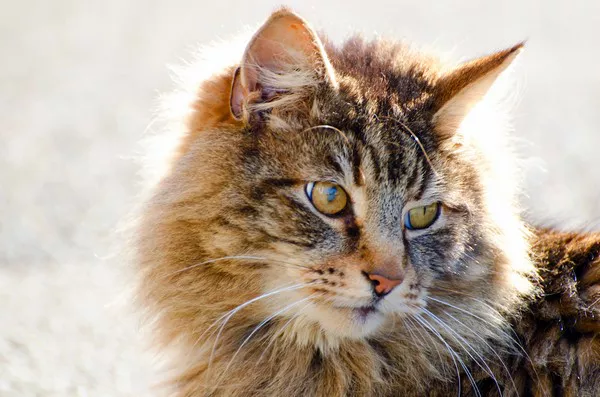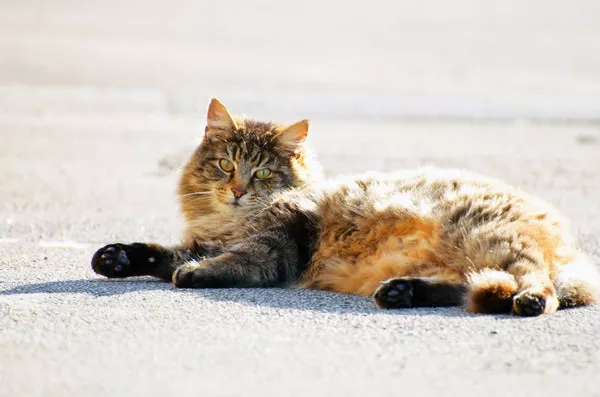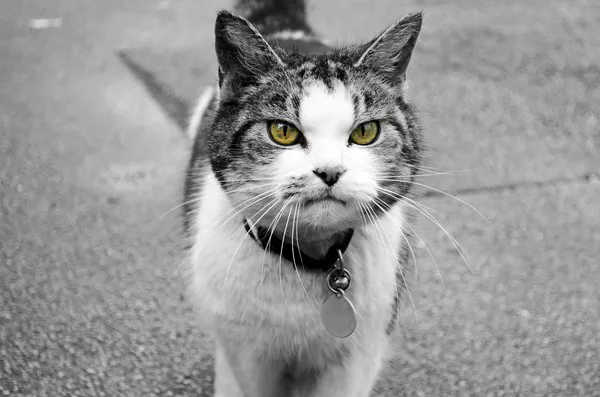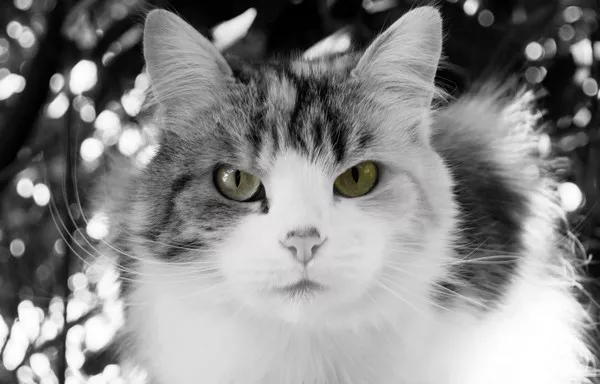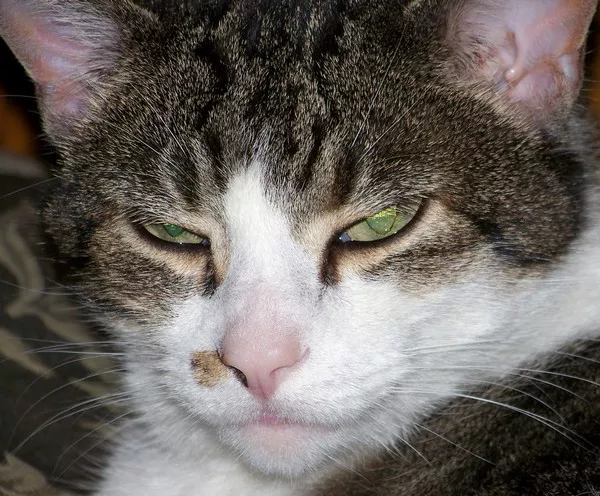The Chartreux cat, with its distinctive blue-gray coat and captivating amber eyes, is a breed steeped in history and charm. Known for its gentle demeanor and affectionate nature, the Chartreux is a beloved companion for many cat lovers around the world. However, like all cats, Chartreux cats require regular grooming to maintain the health and appearance of their coat. In this comprehensive article, we explore the shedding patterns of Chartreux cats, provide grooming tips to keep their coats in top condition, and offer insights into caring for these delightful feline companions.
Understanding Chartreux Cat Shedding
Chartreux cats have a dense, double-layered coat that is soft to the touch and water-repellent. Despite their plush appearance, Chartreux cats are moderate shedders, meaning they shed their fur year-round but may experience seasonal increases in shedding during the spring and fall.
The shedding patterns of Chartreux cats can vary depending on factors such as age, sex, hormonal changes, and environmental influences. While some Chartreux cats may shed more heavily than others, most will require regular grooming to manage loose fur and minimize the accumulation of hair around the home.
Factors Influencing Shedding in Chartreux Cats
Several factors can influence the shedding patterns of Chartreux cats, including:
Seasonal Changes: Like many animals, Chartreux cats may experience increased shedding during the spring and fall months as their bodies adjust to changes in daylight and temperature. This shedding helps them shed their thicker winter coat in preparation for warmer weather.
Hormonal Fluctuations: Hormonal changes, such as those associated with breeding, pregnancy, or spaying/neutering, can affect the shedding patterns of Chartreux cats. Female cats may experience increased shedding during estrus (heat) cycles, while male cats may shed more after being neutered.
Health and Nutrition: The overall health and nutritional status of a Chartreux cat can influence the condition of its coat and shedding patterns. Cats with underlying health issues or poor dietary habits may experience changes in coat texture, density, and shedding frequency.
Environmental Factors: Environmental factors such as indoor versus outdoor living, exposure to central heating or air conditioning, and grooming practices can all impact the shedding patterns of Chartreux cats. Indoor cats may shed more evenly throughout the year, while outdoor cats may shed more heavily during seasonal changes.
Grooming Tips for Chartreux Cats
Regular grooming is essential for maintaining the health and appearance of a Chartreux cat’s coat and minimizing shedding around the home. Here are some grooming tips to keep your Chartreux cat looking and feeling its best:
Brushing: Brushing your Chartreux cat’s coat regularly helps remove loose fur, dirt, and debris, reducing the amount of shedding and preventing mats and tangles. Use a soft-bristled brush or grooming mitt to gently brush your cat’s coat in the direction of hair growth, paying special attention to areas prone to matting, such as behind the ears and under the arms.
Bathing: While Chartreux cats are generally clean animals that groom themselves regularly, occasional baths can help remove excess oils and reduce shedding. Use a mild cat shampoo formulated for sensitive skin, and be sure to rinse thoroughly to remove all traces of soap residue. Avoid bathing your cat too frequently, as this can strip the coat of its natural oils and lead to dryness and irritation.
Diet and Nutrition: A balanced diet rich in essential nutrients, vitamins, and minerals is essential for maintaining the health of your Chartreux cat’s skin and coat. Choose a high-quality cat food that is specifically formulated to meet the nutritional needs of cats, and ensure that your cat has access to fresh water at all times.
Supplements: In some cases, adding supplements such as omega-3 fatty acids or biotin to your Chartreux cat’s diet may help improve coat health and reduce shedding. Consult with your veterinarian before adding any supplements to your cat’s diet to ensure they are safe and appropriate for your pet.
Regular Vet Check-ups: Schedule regular veterinary check-ups for your Chartreux cat to monitor its overall health and address any underlying issues that may be contributing to shedding or coat problems. Your veterinarian can provide personalized recommendations for grooming, nutrition, and healthcare based on your cat’s individual needs.
Environmental Enrichment: Provide your Chartreux cat with plenty of opportunities for mental and physical stimulation to prevent boredom and stress-related shedding. Interactive toys, scratching posts, climbing trees, and puzzle feeders can help keep your cat entertained and engaged, reducing the likelihood of excessive shedding.
Stress Management: Minimize stressors in your Chartreux cat’s environment to prevent stress-related shedding. Create a calm and peaceful atmosphere at home, and provide your cat with a quiet retreat where it can relax and unwind away from noise and commotion.
Conclusion
In conclusion, Chartreux cats are moderate shedders with dense, double-layered coats that require regular grooming to maintain their health and appearance. By understanding the shedding patterns of Chartreux cats and implementing a regular grooming routine, cat owners can minimize shedding around the home and keep their feline companions looking and feeling their best.
Remember to brush your Chartreux cat’s coat regularly, provide a balanced diet rich in essential nutrients, schedule regular veterinary check-ups, and create a stimulating environment to prevent boredom and stress-related shedding. With proper care and attention, your Chartreux cat can enjoy a healthy, shiny coat and a happy, fulfilling life by your side.

